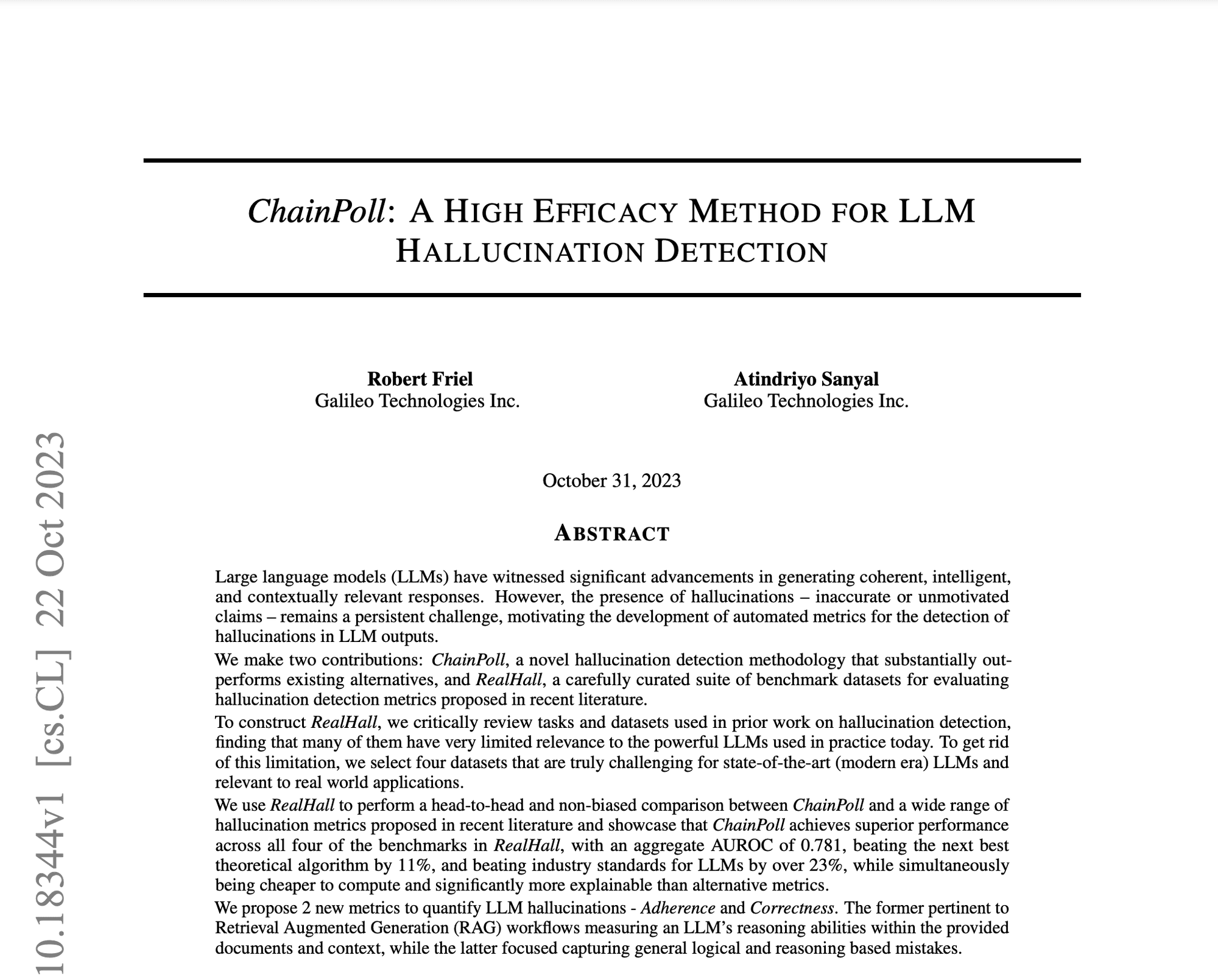Top 5 LangChain Implementation Mistakes & Challenges
LangChain, a popular framework for building applications powered by language models, has been gaining significant traction in the AI community. Its promise of simplifying the creation of complex natural language processing systems has attracted developers and enterprises alike. However, as with any new technology, there are common mistakes and challenges that can hinder the successful implementation and use of LangChain.
In this blog post, we’ll explore the top 5 LangChain mistakes and challenges, providing insights to help you navigate these pitfalls and make the most of this powerful framework.
- Mistake #1: Overcomplicating the architecture
- Mistake #2: Neglecting documentation and examples
- Mistake #3: Overlooking inconsistencies and hidden behaviors
- Mistake #4: Underestimating integration challenges
- Mistake #5: Ignoring performance and reliability considerations
- Overcoming LangChain Mistakes and Challenges with Skim AI
Mistake #1: Overcomplicating the architecture
One of the most prevalent mistakes when working with LangChain is overcomplicating the architecture. LangChain’s design is built on a foundation of abstractions, such as the Chain, Agent, and Tool interfaces. While these abstractions aim to provide flexibility and reusability, they can also lead to unnecessary complexity if not used judiciously.
For instance, LangChain’s class hierarchies can be quite deep, with multiple levels of inheritance. The Agent class hierarchy, for example, includes Agent, AgentExecutor, ZeroShotAgent, and ConversationalAgent, among others. This level of abstraction can make it challenging for developers to understand how to properly initialize an agent or which methods to override for customization.
Another example of potential overcomplication is the use of the Callback interface for hooking into the lifecycle of chains and agents. The documentation often falls short in clearly explaining the different callback methods, such as on_chain_start, on_tool_start, and on_agent_action, and when they are invoked. This lack of clarity can lead to confusion and difficulties in implementing custom logging, monitoring, or state management.
The impact of overcomplicated architecture is significant. It can hinder customization efforts, as developers struggle to understand how to modify the framework to suit their specific needs. Debugging becomes more challenging, as tracing issues through multiple layers of abstraction can be time-consuming and frustrating. Moreover, maintainability suffers, as complex code is harder to understand, update, and extend over time.

Mistake #2: Neglecting documentation and examples
Another common mistake when working with LangChain is neglecting the importance of clear and comprehensive documentation. LangChain’s documentation, while extensive, often lacks the clarity and depth needed for developers to fully grasp the framework’s capabilities and best practices.
One shortcoming in LangChain’s documentation is the lack of detailed explanations for key concepts, default parameters, and expected inputs/outputs of various components. Developers often find themselves scouring through the source code or relying on trial and error to understand how to use certain features effectively.
Furthermore, the examples provided in the documentation are often too simplistic and fail to showcase real-world use cases. While these examples can help users get started, they don’t adequately prepare them for the complexities and nuances encountered in practical applications.
The consequences of neglecting documentation and examples are significant. Developers new to LangChain may struggle to understand how to leverage the framework effectively, leading to frustration and wasted time. Even experienced users can find themselves spending excessive amounts of time figuring out how to implement specific functionalities or troubleshoot issues that could have been easily addressed with clearer documentation.
Without diverse, real-world examples, developers may also miss out on valuable insights and best practices that could enhance their LangChain projects. They may inadvertently reinvent the wheel or make suboptimal design decisions simply because they were not aware of existing patterns or approaches.
Mistake #3: Overlooking inconsistencies and hidden behaviors
A third mistake that developers often make when working with LangChain is overlooking inconsistencies and hidden behaviors within the framework. LangChain’s components can sometimes exhibit unexpected or inconsistent behavior that is not clearly documented, leading to confusion and potential bugs.
For example, the behavior of the ConversationBufferMemory component may differ depending on whether it is used with a ConversationChain or an AgentExecutor. In the case of a ConversationChain, the ConversationBufferMemory automatically adds the AI’s responses to the memory, whereas with an AgentExecutor, it does not. Such inconsistencies, when not explicitly documented, can lead to incorrect assumptions and faulty implementations.
Another instance of hidden behavior is how certain chains, like the LLMMathChain, use a different format for their input parameters compared to other chains. Instead of expecting a dictionary of inputs, the LLMMathChain expects a single “question” parameter. These inconsistencies in input formats can make it challenging to compose and integrate different chains seamlessly.
The impact of overlooking inconsistencies and hidden behaviors is significant. Developers may spend hours debugging issues that stem from incorrect assumptions about how components behave. The lack of consistency in behavior and input formats across different parts of the framework can make it difficult to reason about the data flow and build robust applications.
Moreover, hidden behaviors can lead to subtle bugs that may go unnoticed during development but surface in production environments, causing unexpected failures or incorrect outputs. Identifying and fixing such issues can be time-consuming and require deep knowledge of the framework’s internals.
Mistake #4: Underestimating integration challenges
Another common mistake when working with LangChain is underestimating the challenges involved in integrating the framework with existing codebases, tools, and workflows. LangChain’s opinionated design and reliance on specific patterns, such as method chaining and callbacks, can create friction when trying to incorporate it into an established development environment.
For instance, integrating LangChain with a web framework like FastAPI may require translating between different types of requests, responses, and exceptions. Developers must carefully map LangChain’s inputs and outputs to the web framework’s conventions, which can add complexity and potential points of failure.
Similarly, when integrating LangChain with databases or message queues, developers may need to serialize and deserialize LangChain objects, which can be cumbersome and error-prone. The framework’s reliance on certain design patterns may not always align with the best practices or requirements of the existing infrastructure.
LangChain’s use of global state and singletons can also pose challenges in concurrent or distributed environments. Properly scoping and injecting dependencies may require workarounds or modifications to the framework’s default behavior, adding complexity to the integration process.
The consequences of underestimating integration challenges are significant. Developers may find themselves spending more time than anticipated on integration tasks, delaying project timelines and increasing development costs. The added complexity of integration can also introduce bugs and maintainability issues, as the codebase becomes harder to understand and modify over time.
Furthermore, the friction caused by integration challenges may lead some developers to abandon LangChain altogether, opting for alternative solutions that are more compatible with their existing tech stack and workflows. This can result in missed opportunities to leverage LangChain’s powerful capabilities and potentially lead to suboptimal implementations.
Mistake #5: Ignoring performance and reliability considerations
A fifth mistake that developers often make when working with LangChain is ignoring performance and reliability considerations. While LangChain provides a powerful set of tools for building language model-powered applications, optimizing these applications for production use cases requires careful attention to performance and reliability factors.
One challenge in optimizing LangChain applications is the inherent complexity of the framework’s architecture. With multiple layers of abstraction and numerous components involved in processing language inputs and outputs, identifying performance bottlenecks and inefficiencies can be difficult. Developers may need to have a deep understanding of the framework’s internals to effectively profile and optimize their applications.
Another issue is that LangChain’s default settings are not always suited for production environments. The framework’s default configuration may prioritize ease of use and flexibility over performance and cost-efficiency. For example, the default settings for caching, token usage, and API calls may not be optimized for latency or cost, leading to suboptimal performance in real-world scenarios.
Ignoring performance and reliability considerations can have significant consequences. Applications built with LangChain may suffer from slow response times, high latency, and increased operational costs. In mission-critical or user-facing applications, poor performance can lead to a degraded user experience and loss of user trust.
Moreover, reliability issues can arise if LangChain applications are not properly tested and monitored in production environments. Unexpected failures, timeouts, or resource constraints can cause applications to become unresponsive or produce incorrect outputs. Debugging and troubleshooting such issues can be challenging, requiring deep knowledge of the framework and the underlying infrastructure.
To mitigate these risks, developers must proactively consider performance and reliability factors when building LangChain applications. This includes carefully evaluating the performance impact of different configuration options, conducting thorough performance testing, and monitoring applications in production to identify and address any issues promptly.
Overcoming LangChain Mistakes and Challenges with Skim AI
In this blog post, we have explored the top 5 LangChain mistakes and challenges that developers and enterprises often encounter when working with this powerful framework. From overcomplicating the architecture and neglecting documentation to overlooking inconsistencies and underestimating integration challenges, these mistakes can significantly hinder the success of LangChain implementations. Moreover, ignoring performance and reliability considerations can lead to suboptimal outcomes and even failure in production environments.
However, it is important to recognize that these challenges are not insurmountable. By proactively addressing these issues and seeking expert guidance, enterprises can overcome the hurdles associated with LangChain and unlock the full potential of this framework for their applications. With LangChain, your enterprise can build high-performing, maintainable, and reliable solutions that drive value and innovation in its AI endeavors.






